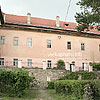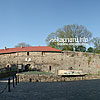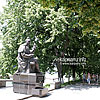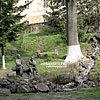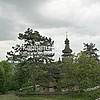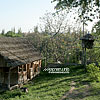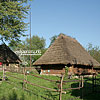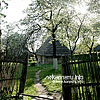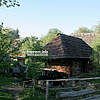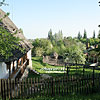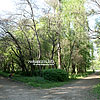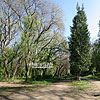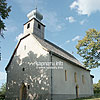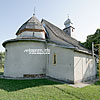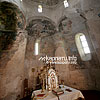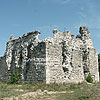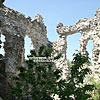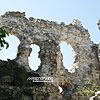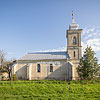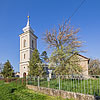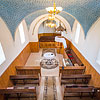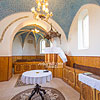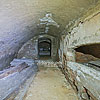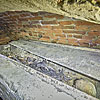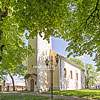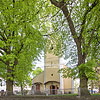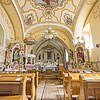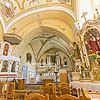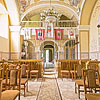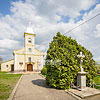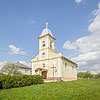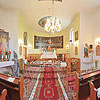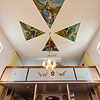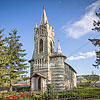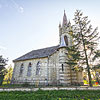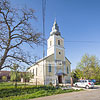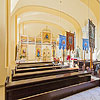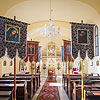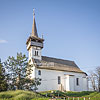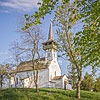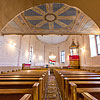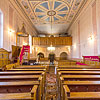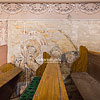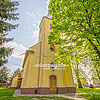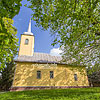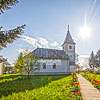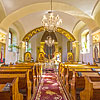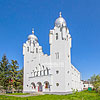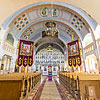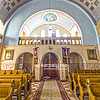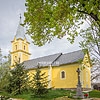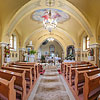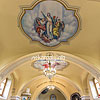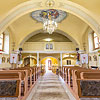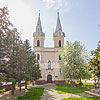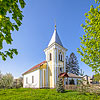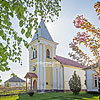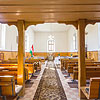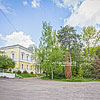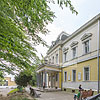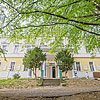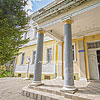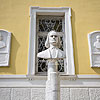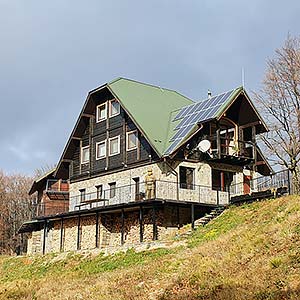Uzhgorod and the district
The major part of the district is located within Transcarpathian Lowland, in the north occupying the part of the Vyhorlat-Hutynskyi mountain range and its foothills. The highest peak of Uzhhorod district is Dunavka peak which is 1018 m high and belongs to the Syniak mountain range. In this territory, there is the lowest point (101 metres above sea level) of the district within the village of Ruski Heivtsi. Tysa, Uzh and Latorytsia rivers play an important role in the relief formation. Besides, there are a lot of flumes, ponds and storage reservoirs in the lowlands.
Climate of Uzhhorod district is favourable for recreation as well as for agriculture. Summer starts in the middle of May and ends in September. Mean daily air temperatures are 15-25°С and maximum air temperatures are 36-40°С. Winter is mild, with little snow and frequent thaws. Temperatures range from -6°С to +3°С, severe frosts are very rare. According to archaeological finds, Uzhhorod district was densely populated in antiquity — camps of different periods, tracing back to the Stone Age, and medieval settlements can be found near almost every village. Found Roman coins and jewellery bear evidence of the lively trade between local people and Roman provinces Pannonia and Dacia. The most ancient Slavonic settlements, dated to the 6th century, were found in Uzhhorod and in the villages of Haloch and Holmok. In the 11-14th centuries, this district was actively being placed under cultivation by the Hungarians, the villages of Velyka Dobron, Velyki Heivtsi, Siurte and others appeared.
Lands of the district are famous for their vineyards of European sorts which local enterprises and winemakers have been using for creating wines and cognacs of high quality since olden times. Uzhhorod district is embellished with numerous exotic flora including 300 sorts of exotic plants, among them there are oriental cherry trees, magnolias, Japanese quinces, Nedzvetskyi's apple trees, catalpa trees and Himalayan pines.
In Uzhhorod district, tourists can find medieval castles and Catholic churches, monuments of garden art, resorts with mineral as well as thermal waters and tasting rooms.- Reformed Church (1332-1337 years, reconstructions: 1667, 1762, 1910 years), Gothic; Batfa village, N48.56833 E22.18946
- Palace of the Ploteni noble family with a park (XIX cent.); Velyki Lasy village, N48.56833 E22.18946
- Catholic Church; Haloch village, N48.54992 E22.20066
- Catholic Church (XVIII cent.); Hlyboke village, N48.54531 E22.41817
- Khrushchovska Dacha (Summer cottage of Khrushchov), near the village of Huta
The former Transcarpathian summer cottage of the party leader is situated in the middle of the forest and overlooks extremely picturesque landscapes. - Nevytskyi Castle (ХІІ-ХІV cent.), near the village of Kamyanytsa
- Catholic Church; Kontsovo village, N48.56823 E22.24378
- Catholic Church (XVII cent.), Onokivtsi village
- Reformed Church (1729); Palad-Komarivtsi village, N48.52645 E22.17521
- St. George Church (1912) with Bokshai's paintings; Rativtsi village, N48.52043 E22.26518
- The Knights Templar Castle (ХІІ-ХІІІ cent.), Serednie urban village
- Wine cellars in a rock-monolith (XVI cent.), Serednie urban village
- St. Cyril and Methodius Church (1930); Storozhnytsia village, N48.60381 E22.23371
The monument of eclecticism in which features of Roman and Byzantine styles are combined, as well as old Ruthenian architecture and Czech constructivism. - Cathedral of Exaltation of the Holy Cross (ХV cent.); Siurte village, N48.50774 E22.22530
- Reformed Catholic Church (ХІХ cent.); Siurte village, N48.49928 E22.22940
- Reformed Church (XV-XIX cent.); Tarnivtsi village, N48.58596 E22.21698
- Catholic Church (XVIII cent.), Holmtsi village
- Catholic Church (XV, ХІХ cent.); Chaslivtsi village, N48.54156 E22.30500
- Homestead (XVIII-XIX cent.) and arboretum (ХХ cent.), Chertezh village
It belonged to Kostiantyn Hrabar, the governor of Subcarpathian Ruthenia. Renaissance interiors of fireplaces and details of vaulting of the XVIII-XIX cent., steel columns on the porch and a family chapel were preserved. In the park, there are some sorts of valuable plants: a common yew, a Canadian yew, a tulip tree, 3 sorts of magnolia, a vinegar tree and a black pine. - Catholic Church (ХVIII-ХІХ cent.); Shyshlivtsi village, N48.57197 E22.19975
- Church of the Nativity of the Blessed Virgin Mary (1802), Yarok village
- Ostrich farm, Holmets village
 Important information:
Important information:

 Ukraine
Ukraine Poland
Poland Slovakia
Slovakia
 Українською
Українською